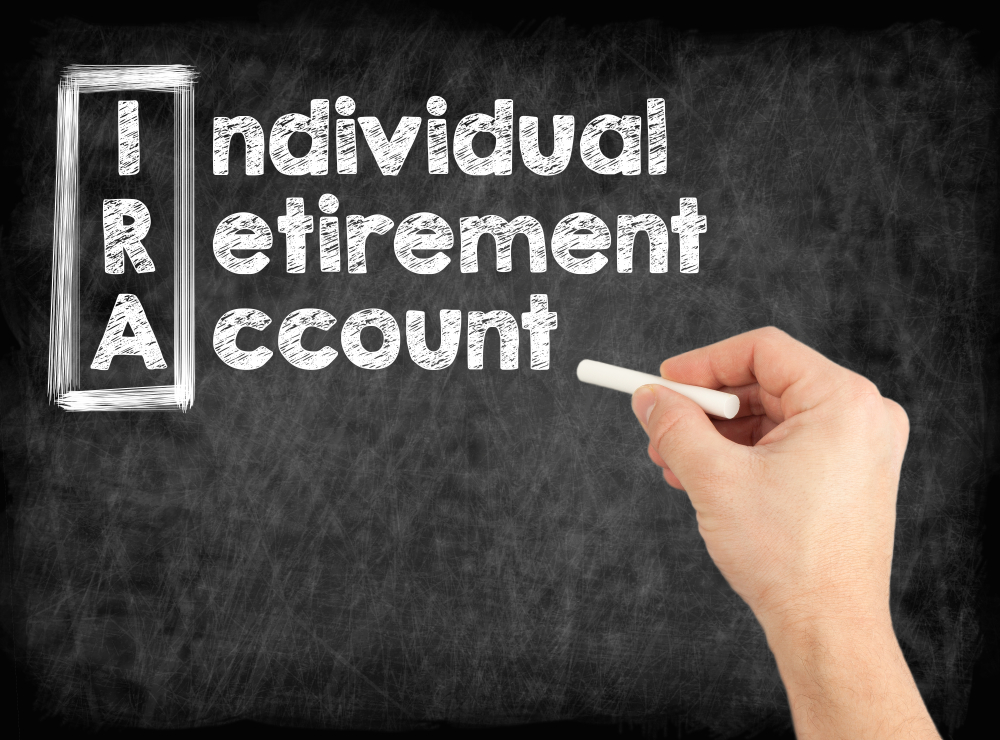The IRA can provide many gifts as part of a comprehensive retirement plan.
The Individual Retirement Account (IRA) turned 45 on Labor Day. On September 2, 1974, the Employee Retirement Income Security Act, or ERISA, was enacted into law, introducing broad safeguards to protect employee savings in both defined benefit plans like pensions, and defined contribution plans.
The intent of Congress in initially establishing IRAs was to provide a tax-advantaged retirement savings plan for those workers at businesses that weren’t able to offer pensions. The IRA also made it possible to preserve the tax-deferred status of qualified plan assets when an employee changed jobs or retired, paving the way for rollovers.
It was still several years before the 401(k) plan would arrive, not through legislation, but rather a private letter ruling from the Internal Revenue Service (IRS). However, the 1974 act would benefit 401(k)s through the flexibility of rollovers.
Today, the IRA plays a vital role for Americans saving for retirement. IRA assets totaled $9.4 trillion at the end of March 2019, representing nearly one-third of the $29.1 trillion U.S. retirement market. Assets held in IRAs have been growing at an annual average pace of 10% over the past 25 years, from $993 billion in 1993, according to the Investment Company Institute (ICI).
Millions of Americans use IRAs to save for retirement. An estimated 42.6 million U.S. households, or 33.4%, owned IRAs as of mid-2018. An estimated 33.2 million households owned traditional IRAs, making it the most common type of IRA. A total of 22.5 million households owned Roth IRAs, and 7.5 million U.S. households owned employer-sponsored IRAs such as Simplified Employee Pension (SEP) IRAs and Savings Incentive Match Plan for Employees (SIMPLE) IRAs, according to the ICI.
The types of IRAs have expanded since 1974. SEP IRAs were created in 1978 to offset concerns that complex regulations were preventing smaller businesses from offering retirement plans. SIMPLE IRAs were created in 1996 specifically for employers with 100 or fewer employees.
The popular Roth IRA came into being as part of the Taxpayer Relief Act of 1997, enabling retirement savers with the option of contributing on an after-tax basis, and the ability to take tax-free withdrawals, so long as they qualify with IRS rules. However, Roth IRA contribution limits and eligibility are based on your modified adjusted gross income, or MAGI. For 2019, that means only single Americans with a MAGI of $135,000 or less may invest in a Roth IRA; while the MAGI limit for married Americans is $199,000.
The Roth IRA can be a beneficial tax-planning tool. While the traditional IRA offers tax-deferred savings benefits, it can have a downside. Once you reach age 70½, IRS rules require you to begin withdrawing from these accounts through Required Minimum Distributions (RMDs). But Roth IRAs – which have accumulated more than $800 billion in assets since first becoming available in 1998 – allow you to potentially garner their tax advantages through conversions.
In a conversion, taxes are paid on any pre-tax assets in a traditional IRA or 401(k)-like plan (if you qualify) that are moved into a Roth. In 2010, income limits were lifted on conversions so, these days, you can convert your IRA assets to a Roth regardless of your income or marital status. However, it’s important to do these conversions carefully, because as of 2018, they are no longer reversible (called a recharacterization.)
Now is the time to give us a call, if you have tax-deferred retirement accounts and are concerned that RMDs could bump you into a higher tax bracket in the future. It’s a good idea to begin tax planning several years before retirement and keep your tax bill low with periodic checkups on your interest income, potential capital gains and losses, and other tax planning needs. This way, we can help you minimize a portion of the taxes you may have to pay.
Lack of knowledge is the biggest obstacle preventing Americans from investing in an IRA. According to a LIMRA Secure Retirement Institute (LIMRA SRI) study published in early 2019, only 34% of Americans believe they are knowledgeable about IRAs. Men are far more likely to say they are knowledgeable about IRAs than women. Forty-two percent of men consider themselves knowledgeable about IRAs, compared with just 27% of women. Of those who don’t own an IRA, nearly half (46%) felt they did not understand enough about IRAs to contribute to them.
When it comes to retirement planning, everyone can use a helping hand. It doesn’t hurt from time to time to get an external check on how you’re progressing toward your financial goals. Whether it’s what investment options might make sense for your traditional IRA, tax planning, Roth IRA conversions, guidance on saving for retirement or an income plan you can’t outlive, we’re here whenever you need us!
Contact Drew Financial Private Capital in Lutz, Florida at (813) 820-0069.
Sources:
“Happy Birthday, IRA! Congratulations on 45 Years,” September 12, 2019. Sarah Holden and Elena Barone Chism. Investment Company Institute. Retrieved from: https://www.ici.org/viewpoints/19_view_irabirthday
“Frequently Asked Questions About Individual Retirement Accounts (IRAs),” June 2019. Investment Company Institute. Retrieved from: https://www.ici.org/pubs/faqs/faqs_iras
“This is your last chance ever to reverse a Roth IRA conversion,” March 2018. MarketWatch. Retrieved from: https://www.marketwatch.com/story/this-is-your-last-chance-ever-to-reverse-a-roth-ira-conversion-2018-02-10
“LIMRA Secure Retirement Institute: Only 34 Percent of Americans Are Confident in their IRA Knowledge,” February 27, 2019. LIMRA Secure Retirement Institute. Retrieved from: https://www.limra.com/en/newsroom/industry-trends/2019/limra-secure-retirement-institute-only-34-percent-of-americans-are-confident-in-their-ira-knowledge/
References to J.W. Cole Advisors, Inc. (JWCA) are from prior registrations with that company. J.W. JWCA and Advisory Services Network, LLC are not affiliated entities.



